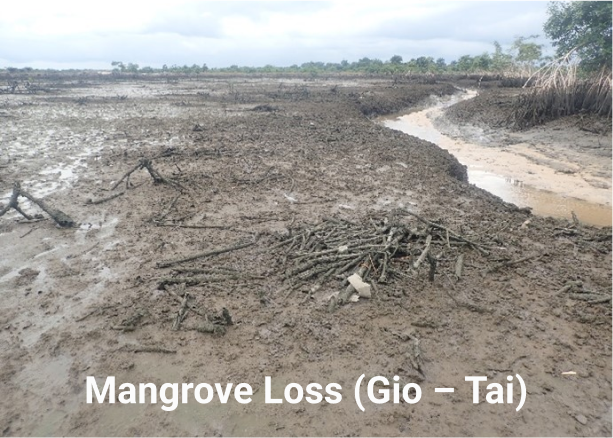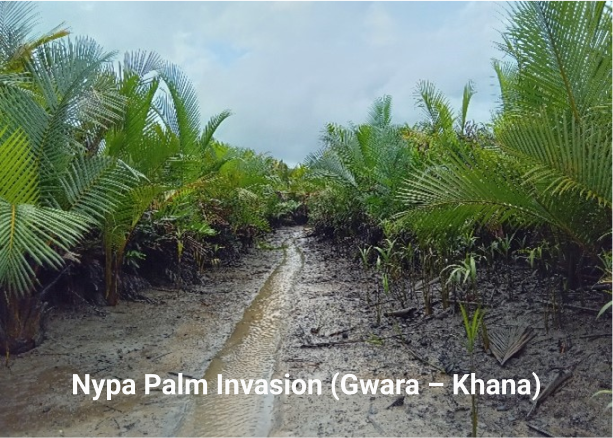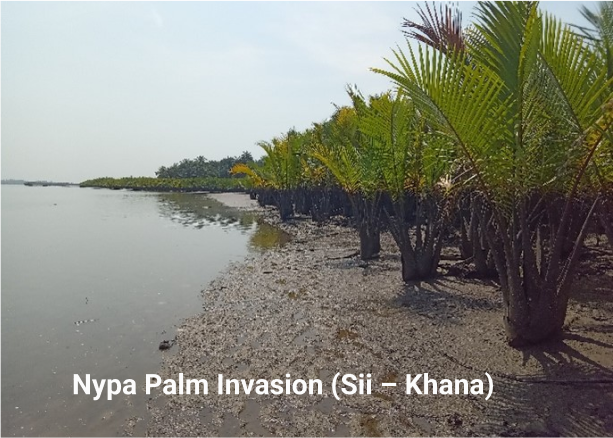Shoreline Remediation
The initial phase of the HYPREP Shoreline Cleanup and Mangrove Restoration initiative spans five hydrocarbon-impacted shoreline communities in Gokana, Ogoni land, involving a total of 34 shoreline lots. These communities, namely B-Dere (8 Cleanup Lots), K-Dere (11 Cleanup Lots), Kpor (3 Cleanup Lots), Goi (2 Cleanup Lots), and Bomu (10 Cleanup Lots and 9 Mangrove Planting Lots), exemplify a collaborative commitment to environmental rejuvenation. The Shoreline Cleanup activities are meticulously planned over a 36-month period, addressing the immediate impacts of hydrocarbon contamination. Concurrently, the first phase of Mangrove Planting, spanning 30 months, emphasizes a sustained approach to the long-term restoration of these crucial ecosystems. This comprehensive strategy underscores the interconnectedness of these communities and ecosystems, aiming not only to rehabilitate impacted shorelines but also to instill a renewed sense of environmental responsibility within the region. The extended timeline reflects the gravity of the task at hand and signals a collective dedication to mitigating the environmental repercussions of hydrocarbon pollution.

Project Status
The project is currently in its initial phases of pre-mobilization activities, laying the groundwork for effective cleanup and restoration efforts.
The project is currently in its initial phases of pre-mobilization activities, laying the groundwork for effective cleanup and restoration efforts.
Rapid SCAT Survey Update
A Rapid SCAT survey conducted in targeted areas along the Ogoni shoreline provides insights into oil contamination, mangrove loss, and Nypa palm invasion, crucial for subsequent cleanup and restoration activities. The survey reveals significant findings summarized below:
- Gio, Kporghor, Gbe, Kaa, Norkuri – Boue, Kereke – Boue: These areas experience varying degrees of mangrove loss, with high impact noted in Gio and Kporghor due to artisanal refineries. Nypa invasion is observed in Kaa, Norkuri – Boue, and Kereke – Boue.
- Bangha (Kono & Uegwere): No impact was observed warranting attention for restoration efforts.
- Gwara, Sii, Teera-ue, Teenama: Extensive Nypa invasion is identified, emphasizing the need for intervention.







